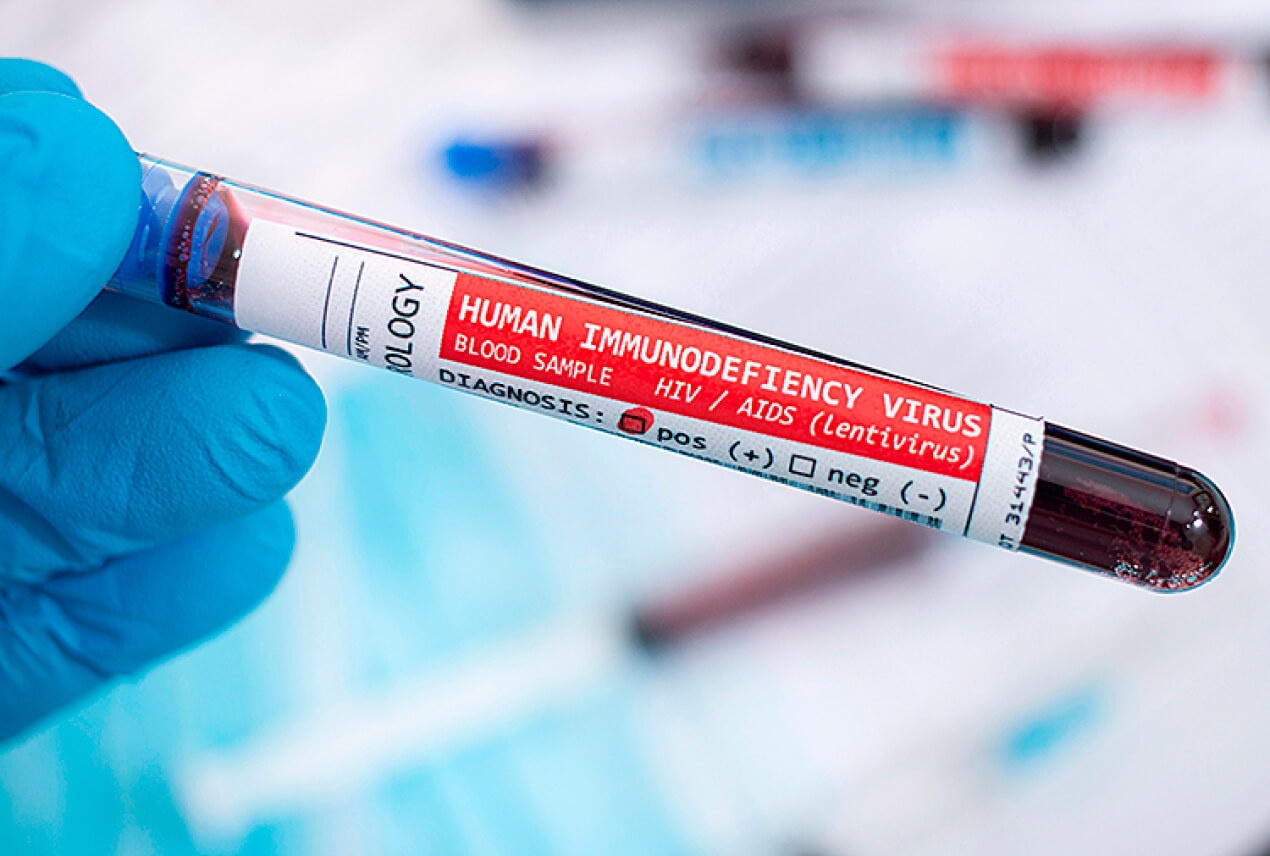The human immunodeficiency virus (HIV) and acquired immunodeficiency syndrome (AIDS) are chronic conditions that interfere with the body's ability to protect itself from infection and disease.
Fortunately, in the decades since the onset of the HIV/AIDS epidemic in the early 1980s, massive strides have been made in medical research, resulting in simpler, more successful treatment options.













